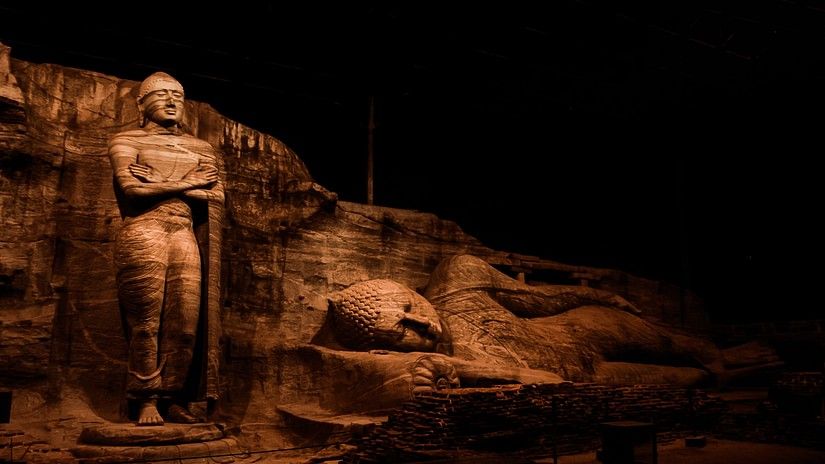- Celebrating Kandy Esala Perahera
- Things to Do in Sri Lankan Monsoon
- Chennai to Sri Lanka Cruise
- Sri Lankan Cuisine
- Sinhala New Year
- Plan the Perfect Family Trip in Sri Lanka
- Wildlife in Sri Lanka
- Hidden Gems of Sri Lanka
- Famous Festivals in Sri Lanka
- The Buddhist History of Galle
- Water Sports in Galle For An Exhilarating Experience
- A Guide to Finding the Best Beaches in Galle
- Best Time to Visit Galle, Sri Lanka
- Happy Holidays? That’s So Sri Lanka!
- Only at OTP
- Sri Lankan Culture and Cuisine
- Botanik Travelogue
- 72 Hours On The South Coast: Island Romance
- A World of Wellness
- Twenty Reasons to Visit the South Coast of Sri Lanka in 2022
- Whale Watching in Sri Lanka
- Shopping For Food In Galle
- Things to do when you visit the OTP Hotel
- Discover Galle, the Old Town of Rich Architecture in Sri Lanka
- Destination Wedding in Galle, Sri Lanka
- Galle Fort: A Masterpiece of Dutch Colonialism
- Fall in Love with the Simplicity of Mihiripenna Beach

Some of Sri Lanka’s prettiest sights can be found in Galle - the beautiful port city that boasts of azure beaches and cobble-stoned streets lined with mansions and churches dating back to colonial times. There is an impressive array of massive forts, cafes and dainty boutiques that enthrall visitors. It is also home to some iconic sights that highlight the influence of Buddhism in Galle.
According to royal chronicles and other historical records, Devanampiya Tissa, who was the king of Sri Lanka in the 3rd century BCE, met Arahant Mahinda, the son of the Indian King Asoka. Influenced by the Indian prince, the Sri Lankan king converted to Buddhism and the people in his kingdom followed suit. His patronage led to the building of citadels, temples, and complexes that paid homage to the roots of his newfound religion. With time, the influence of Buddhism spread far and wide across the kingdom, including the site where present-day Galle stands. Much of its history can be traced in the temples and complexes that have stood the test of time and become iconic sites for the Buddhist community.


Believed to be more than 2000 years old, Yatagala Raja Maha Viharaya Temple is among the few monuments in Galle that explain the history of Buddhism in Sri Lanka. Dating back to the time when Buddhism was first established in the island, this temple complex is built into rock formations and features statues and intricate carvings. The hauntingly serene ambience and a 9 m. tall reclining Buddha statue are what draw people to Yatagala Temple, Galle.
Another significant place that traces its roots to Buddhism is Japanese Peace Pagoda. It is located at the top of Rumassala Hill, just a few kilometres away from the centre of the city. Constructed in 2005, Japanese Peace Pagoda, Galle is a relatively new temple complex on the city’s outskirts that promotes the message of peace among the island’s inhabitants. The site has a viewing point that proffers mesmerizing views of the stunning landscape of the city. Visitors can choose to climb or drive to the top of the hill.

The southern part of Sri Lanka, with its beaches, cultural sites and places of historic importance, is one of the most popular tourist places in the country. If you are looking for a place to stay in Galle, Owl and the Pussycat Hotel in Galle is the perfect retreat. With luxurious and well-appointed accommodations, a restaurant and a specialized team to help with your holiday itinerary, you can explore Galle’s Buddhist history and the town’s tourist hotspots with ease during your sojourn at our hotel in Galle.

